LEWIS & CLARK TOURS
Bicentennial
Discover the rich history of the Lewis and Clark Expedition.
TOUR INFORMATION
Weippe, Idaho

8LEWIS & CLARK TRAIL
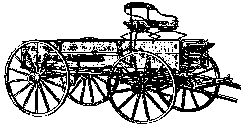
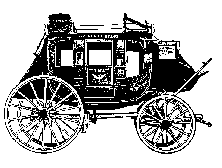

This page was last updated: February 1, 2010

Copyright © 2000 Larson Century Ranch, Inc. ~ All Rights Reserved
P. O. Box 1982
Clarkston, WA 99403
Telephone: 509-758-5445
FAX: 509-758-5701
E-Mail: Sales@LarsonCenturyRanch.com

Web Design: Design Carte
Background
POINTS OF INTEREST
Bald Mountain Ski Area
Lewis and Clark met Nez Perce Sept 20, 1805 at Quamis Flats.
Musselshell Meadow is last active camas patch for Nez Perce.
Samson Snyder built a telephone line from Greer to Weippe 1902.
Beaver Creek
Old Shoshone County Courthouse, 1862. Shoshone County's original
courthouse and Idaho's earliest public building, still stands in Pierce.
J. Howard Bradbury Museum (logging memorbilia) Main Street, Pierce
(208) 467-4670 or 464-2531. FREE Admission by appointment only.
Pierce Library Museum, 208 S. Main, Pierce (208) 464-2823, FREE Admission, M-TH 11-8, F 11-5
After the expedition...
Pomp's later life...
Larson Century Ranc, Inc. would like to extend a warm WELCOME... in honoring with us the remarkable historic legacy of Lewis & Clark, and not least Sacagawea.
See the REAL Idaho. Experience our pristine rivers and streams. Relax, breath deeply the clean fresh air, and step back in time with us to a historical moment in America's history.
Organizations, schools and communities nationwide are making plans to commemorate the 200th anniversary of the Lewis and Clark expedition. The official dates are 2003-2006 however, events are already well under way.
We'd love to show you the trail that runs right through our Ranch!! Join in the fun, education and adventure of the greatest expedition in American history!
Call: Larson Century Ranch (509-758-5445)
E-Mail: Rick@LarsonCenturyRanch.com for YOUR "customized" and "personal" guided tour. Don't delay.
LCR Library (Articles) Click Here:
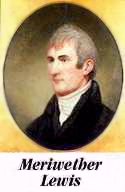
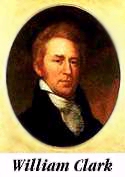
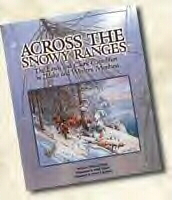
The story of the Lewis & Clark Expedition in the most difficult part of the entire route to the Pacific.
Click Here: Books
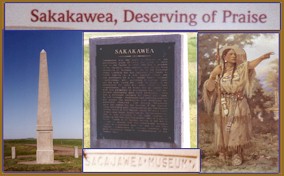
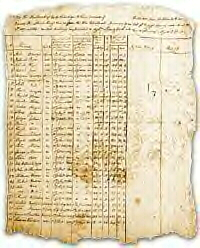
Roster of Men

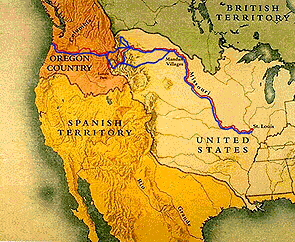
Lewis & Clark Expedition